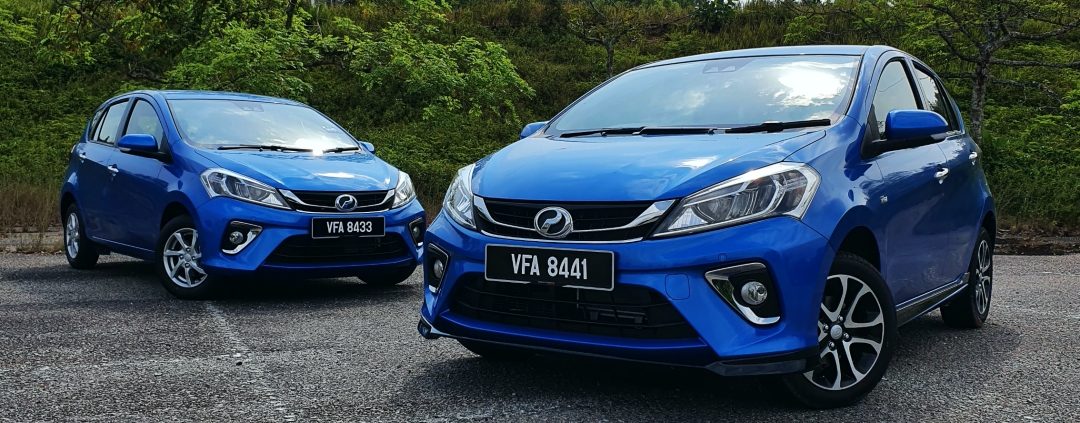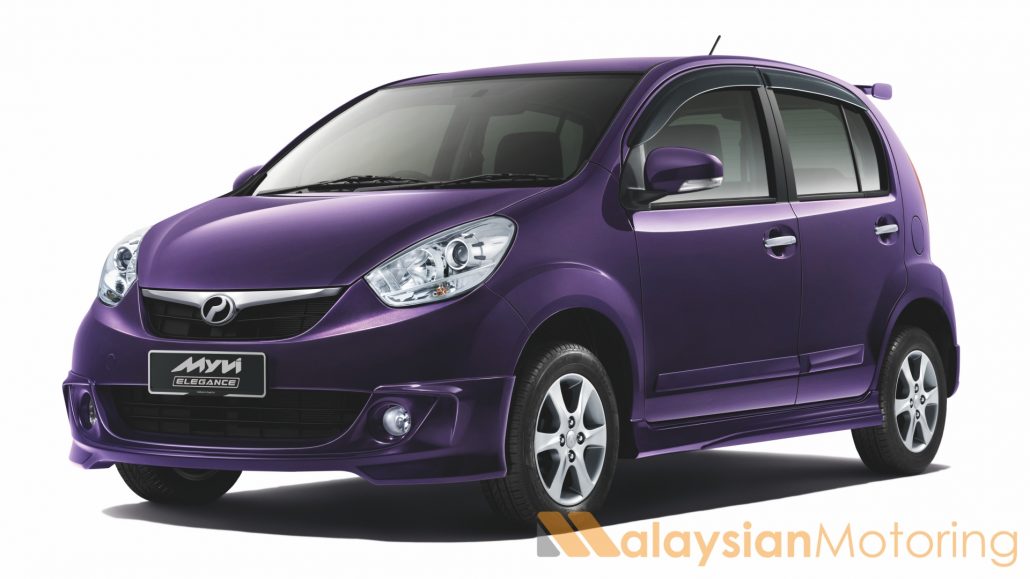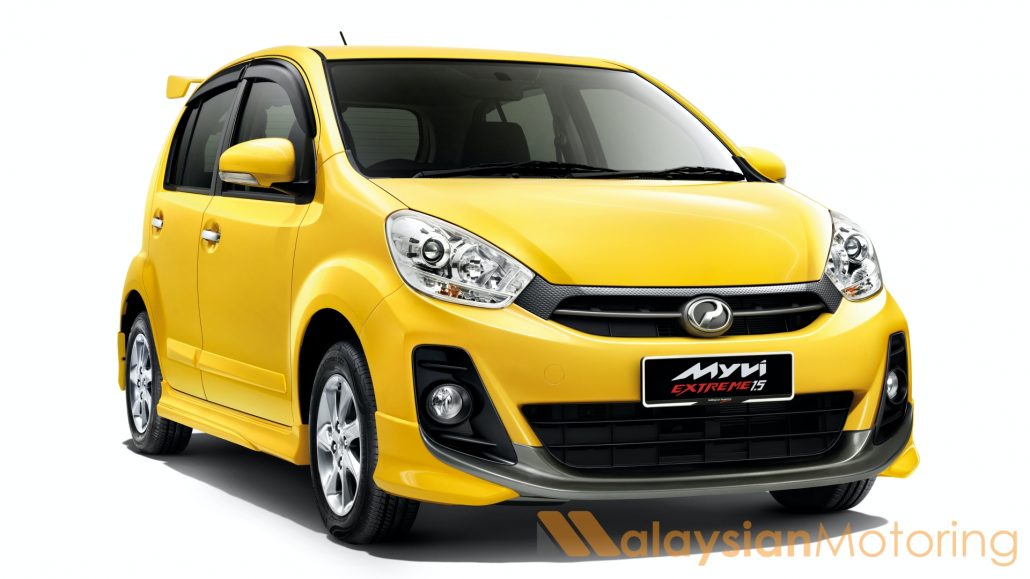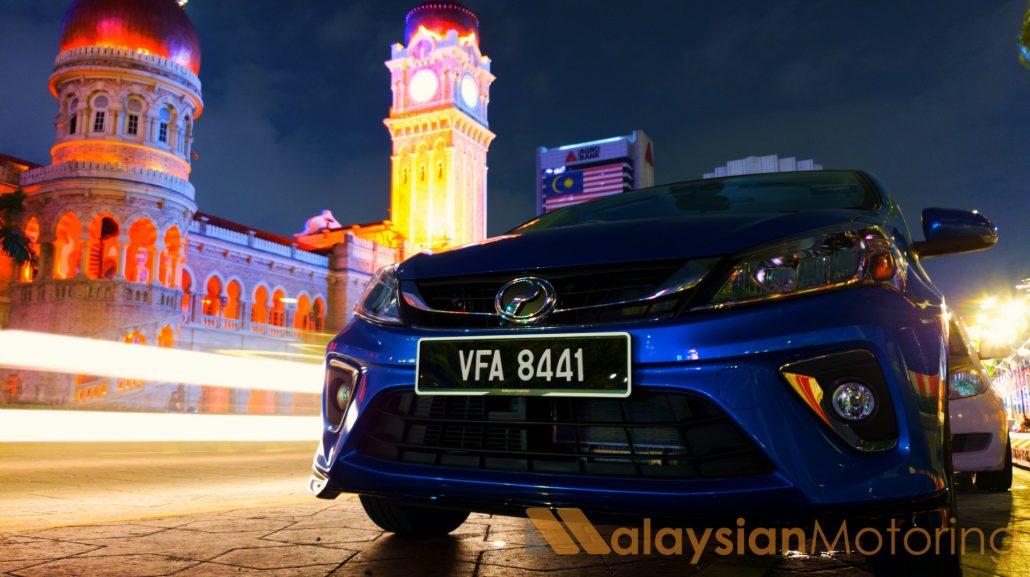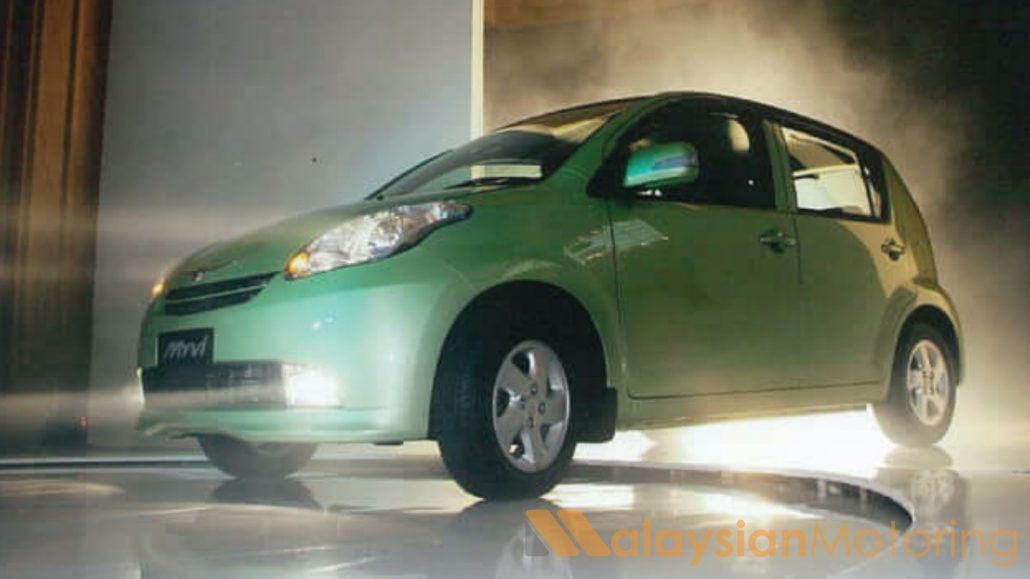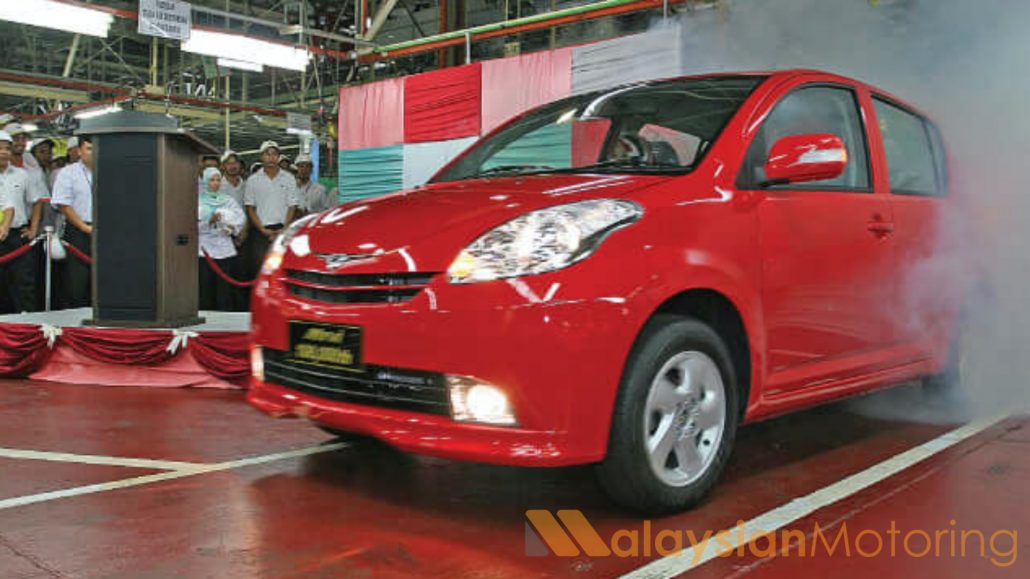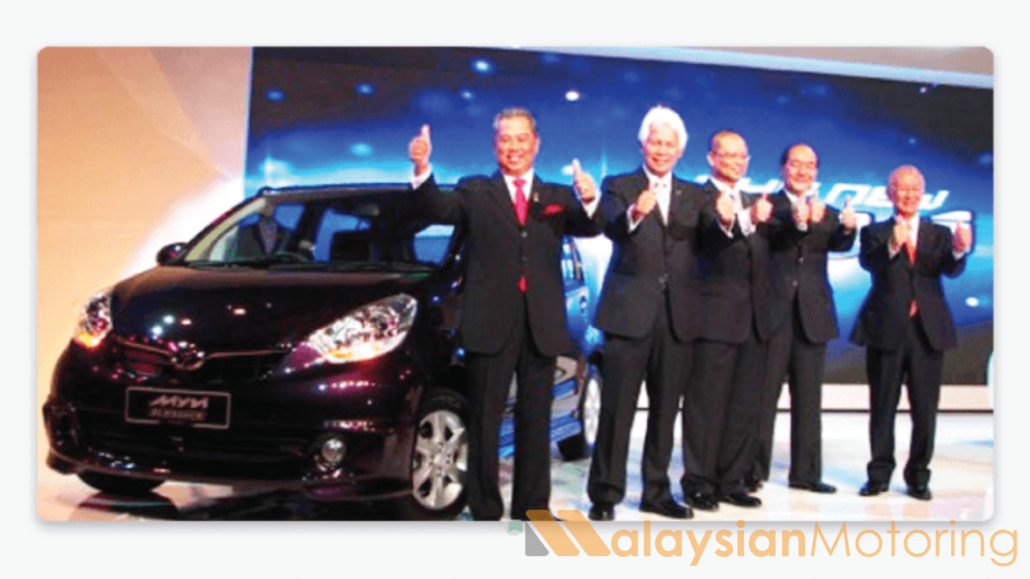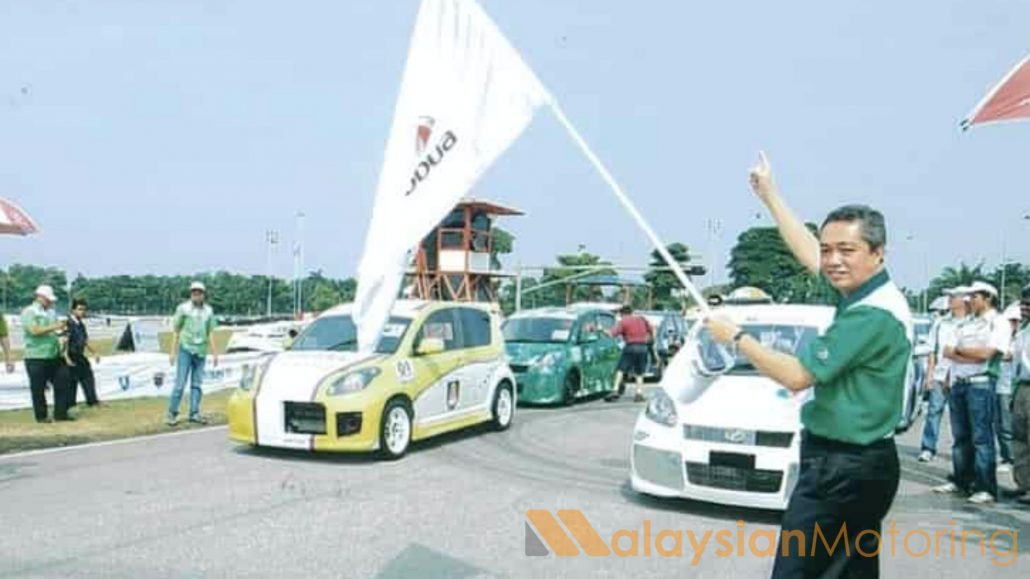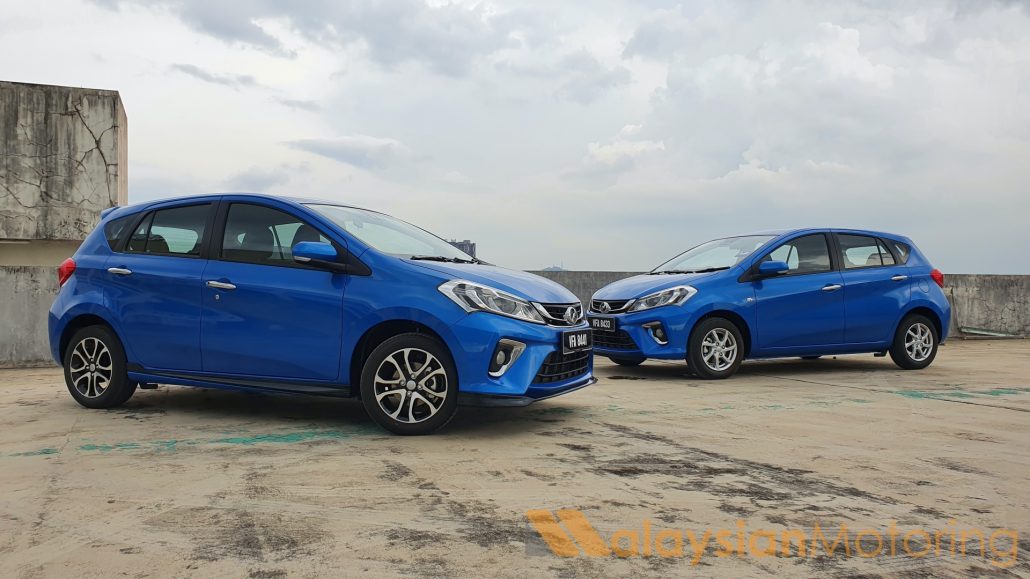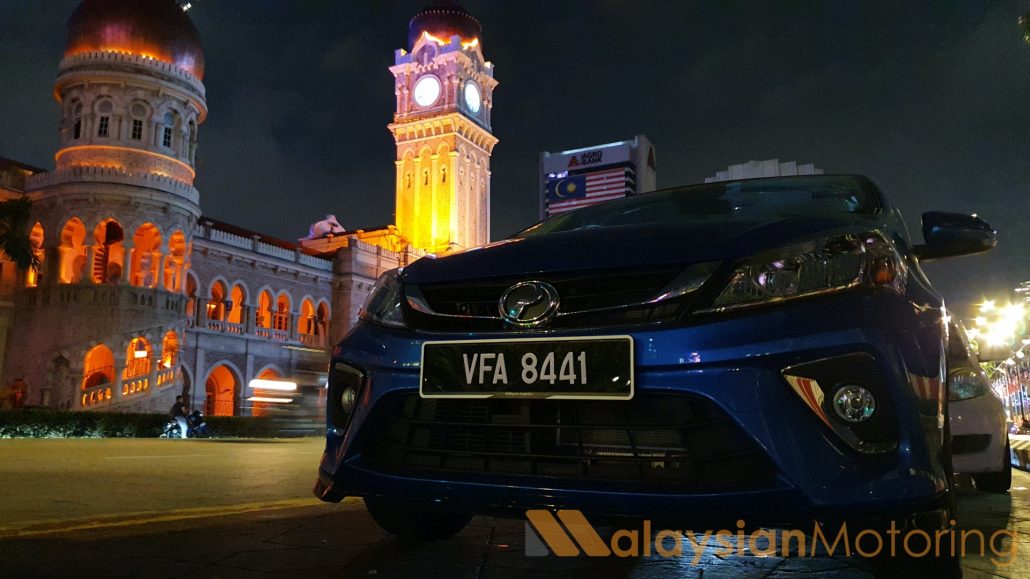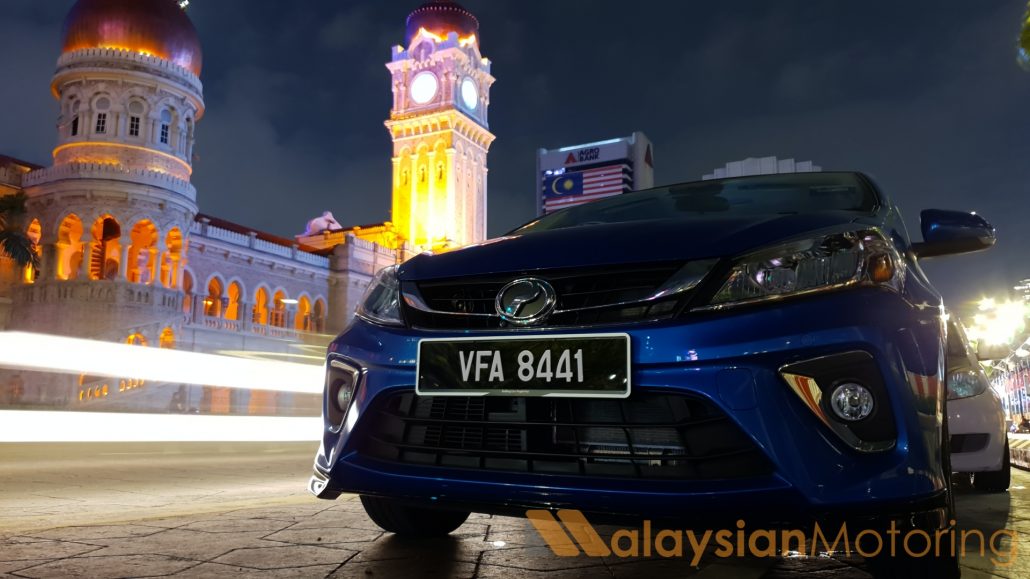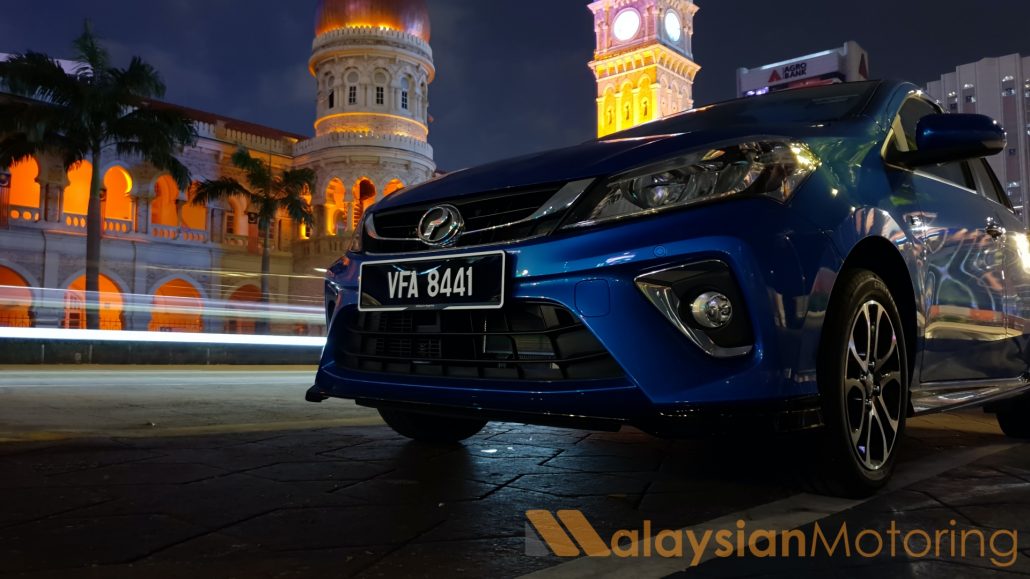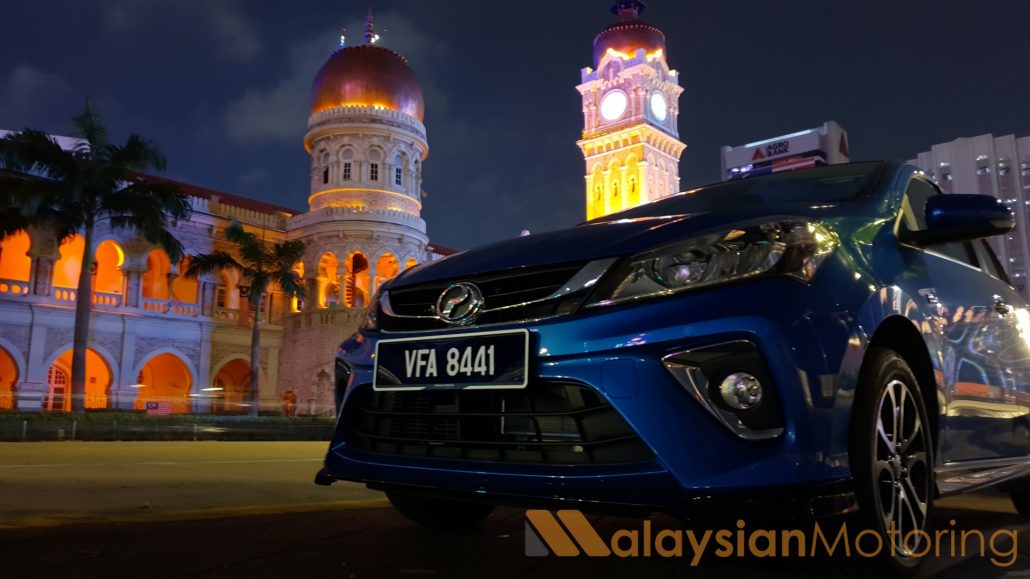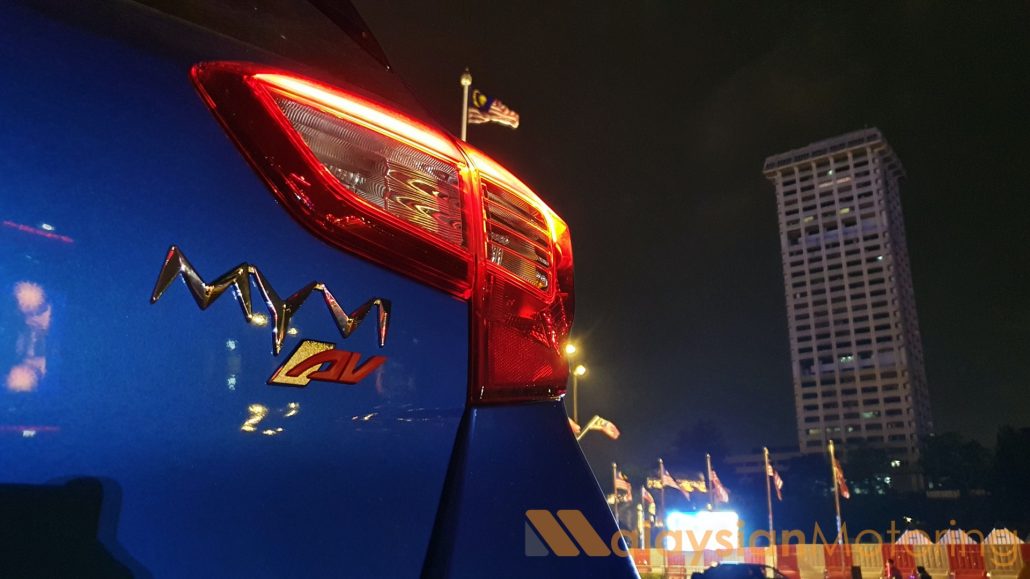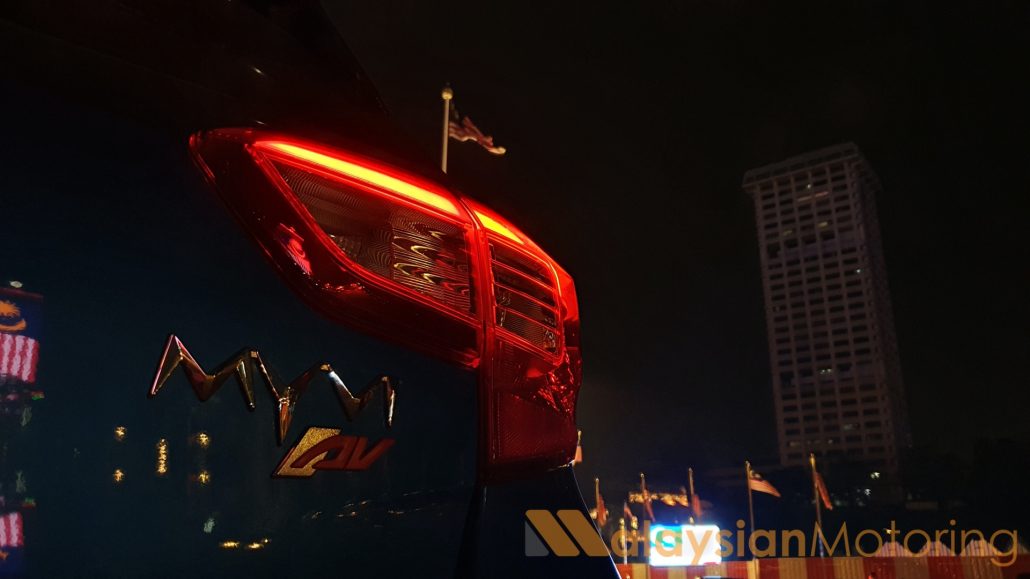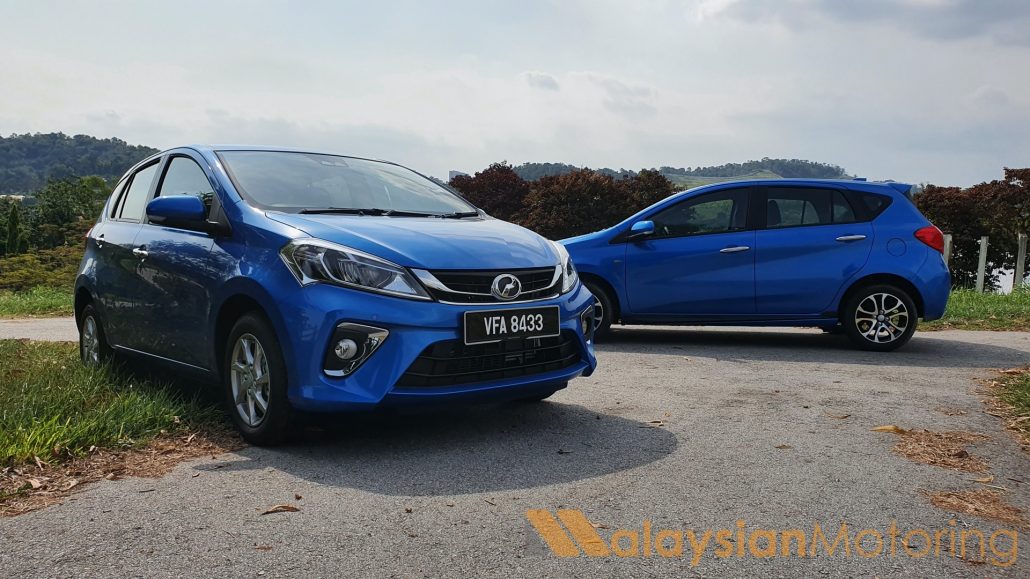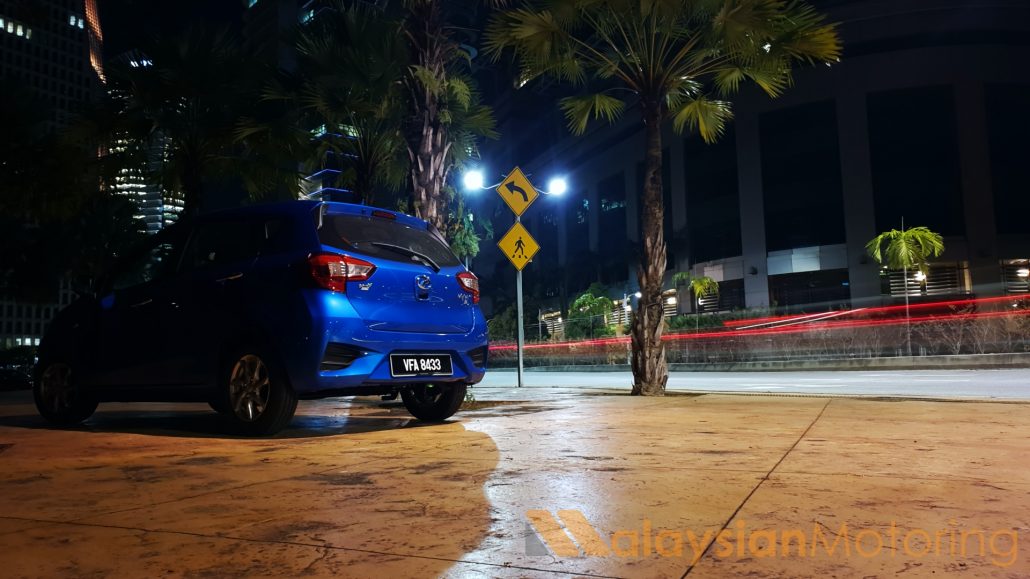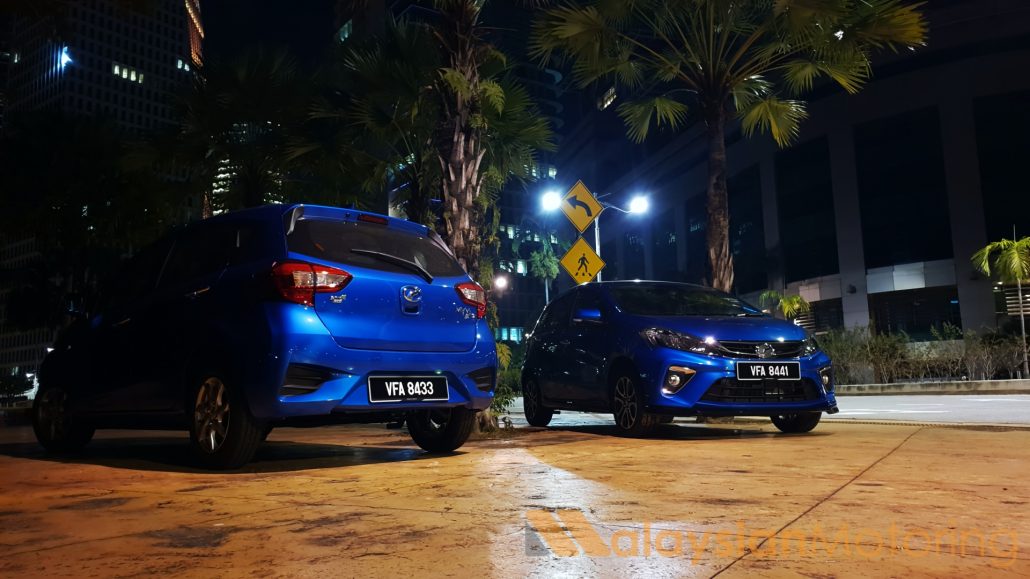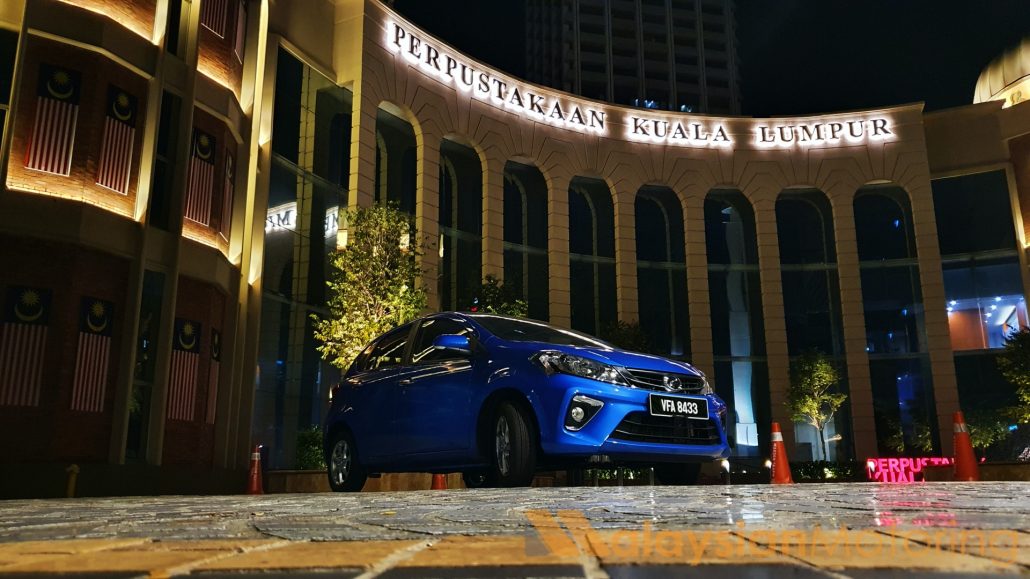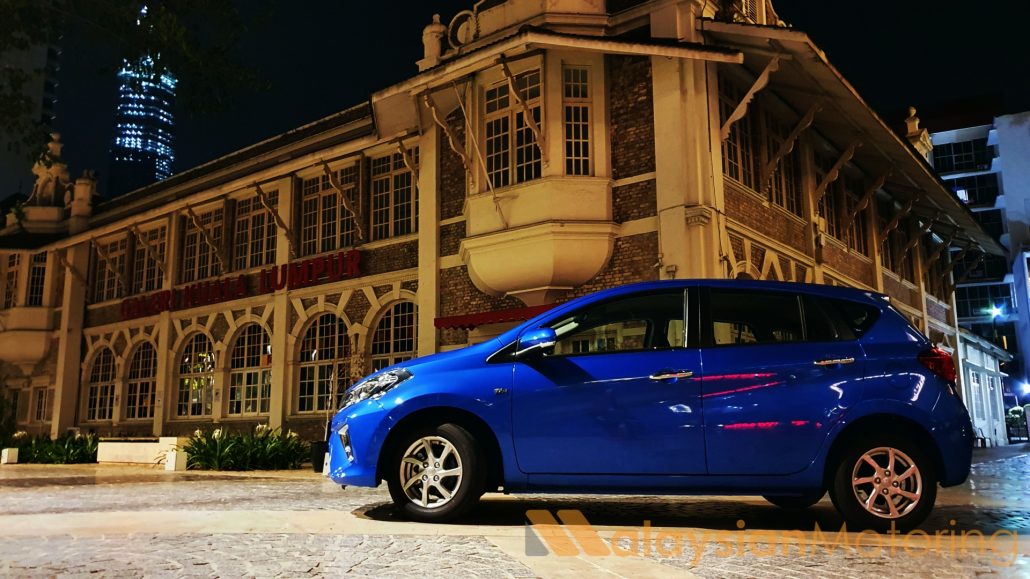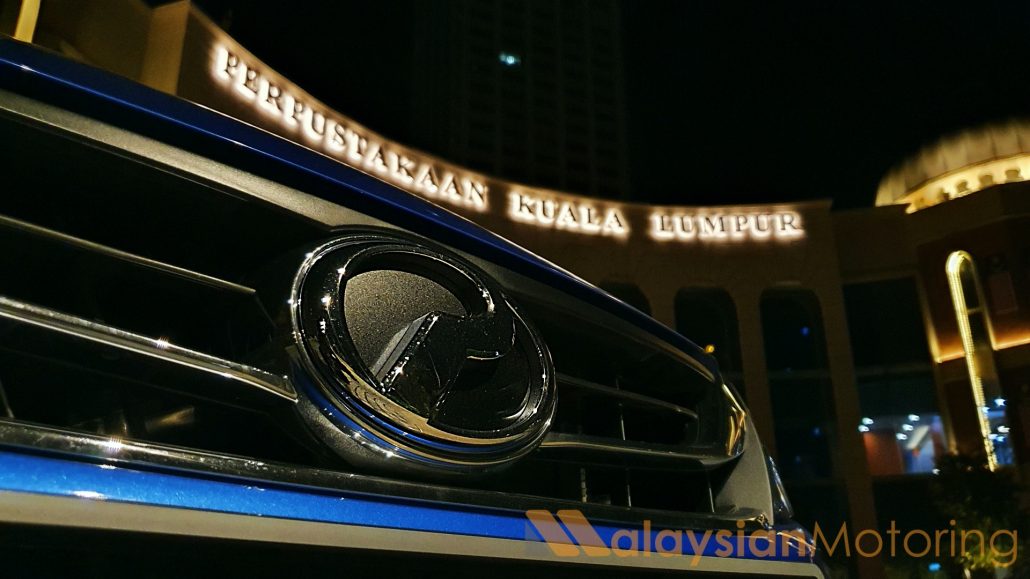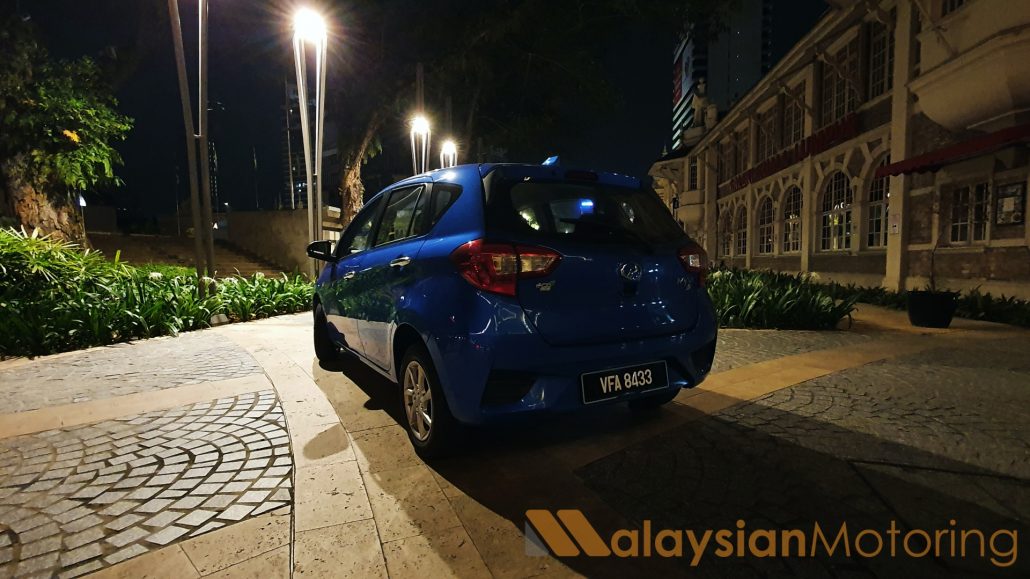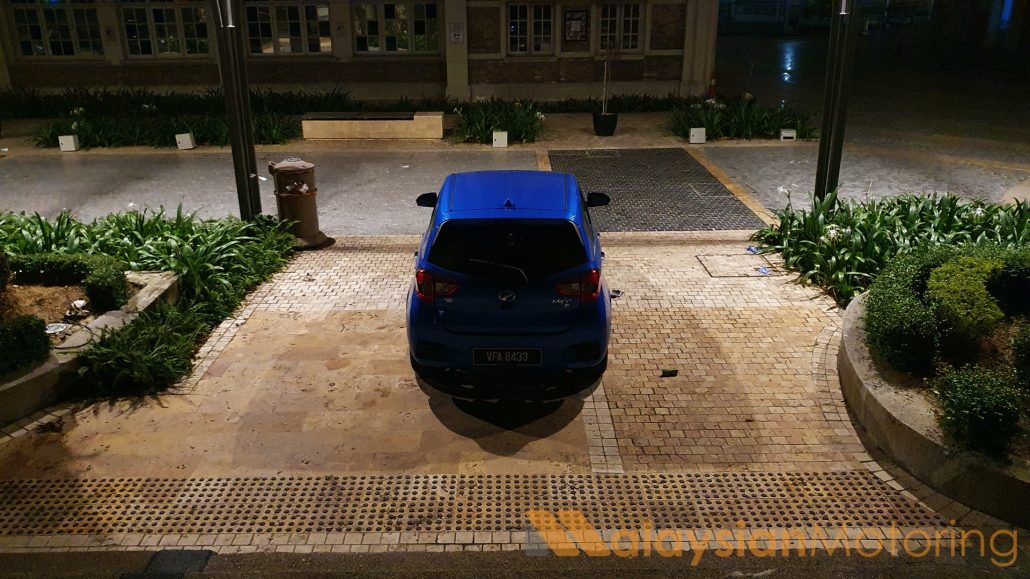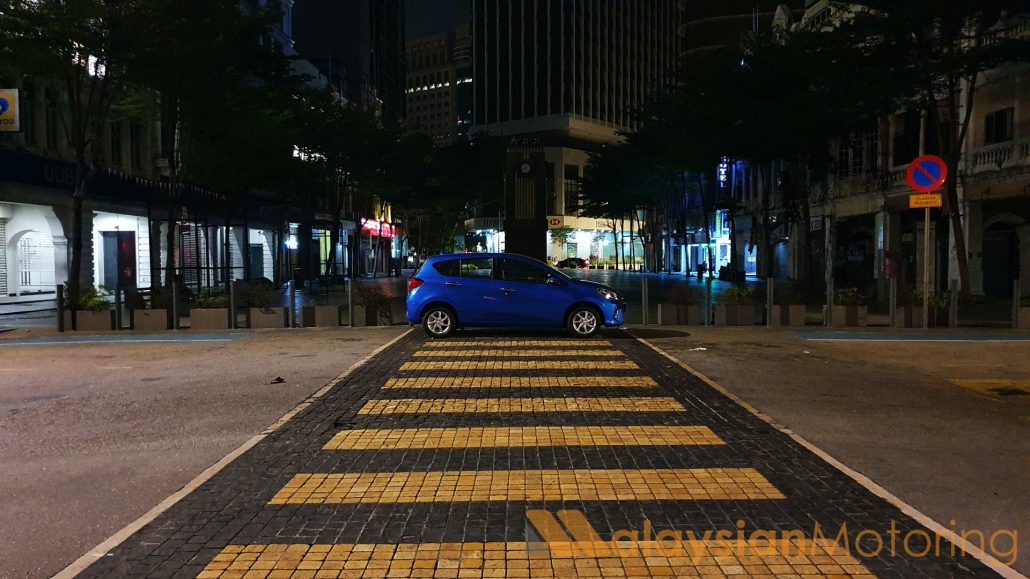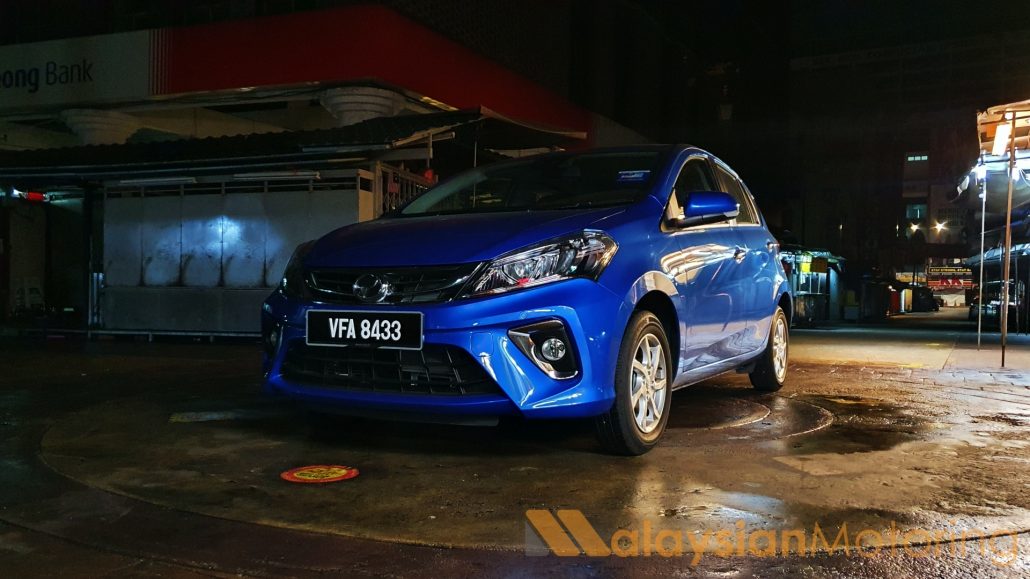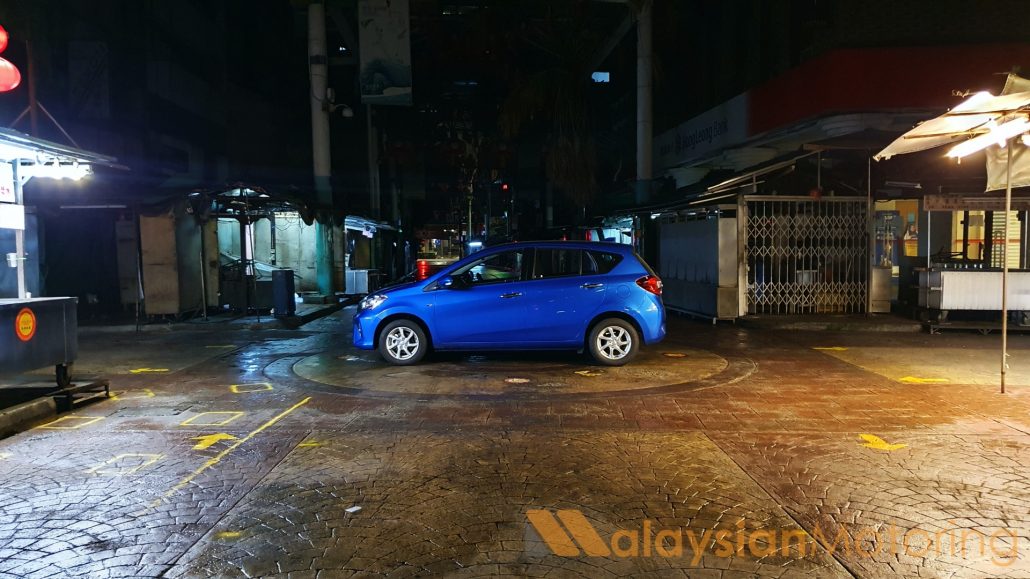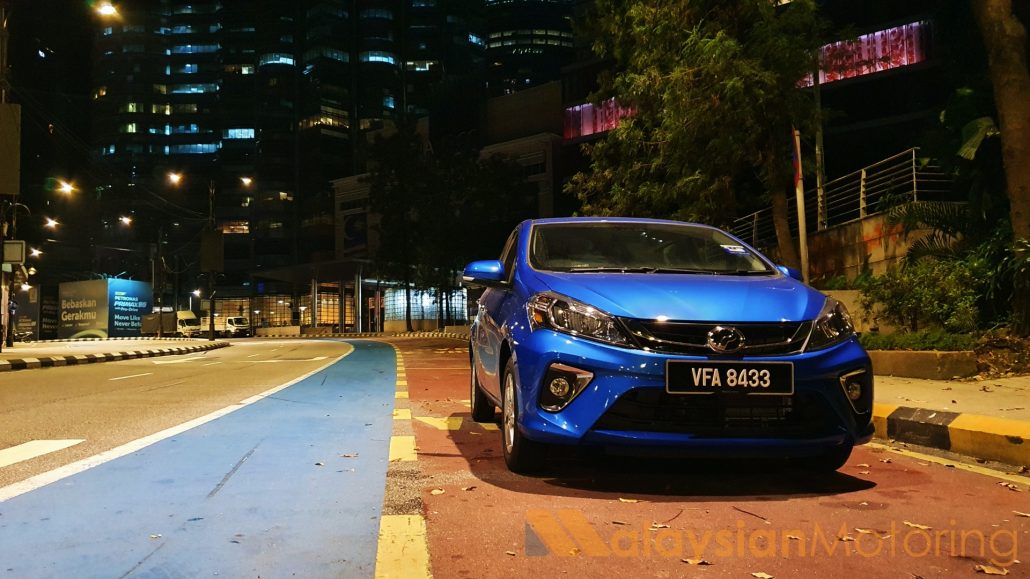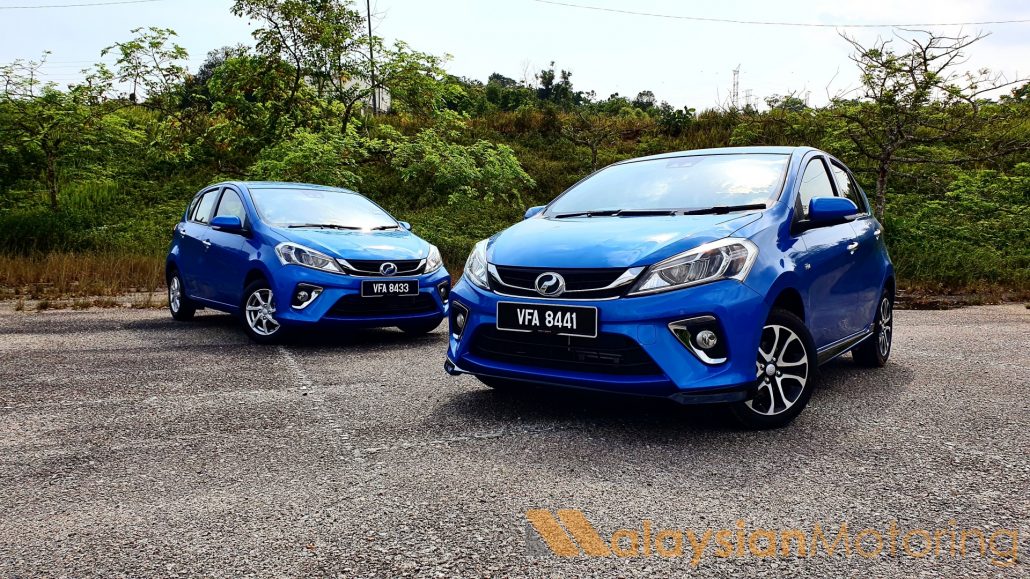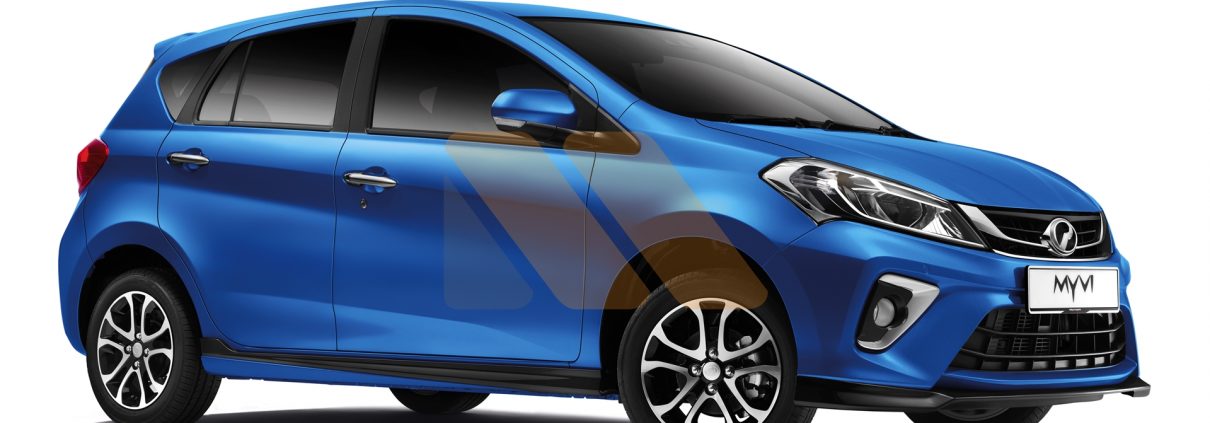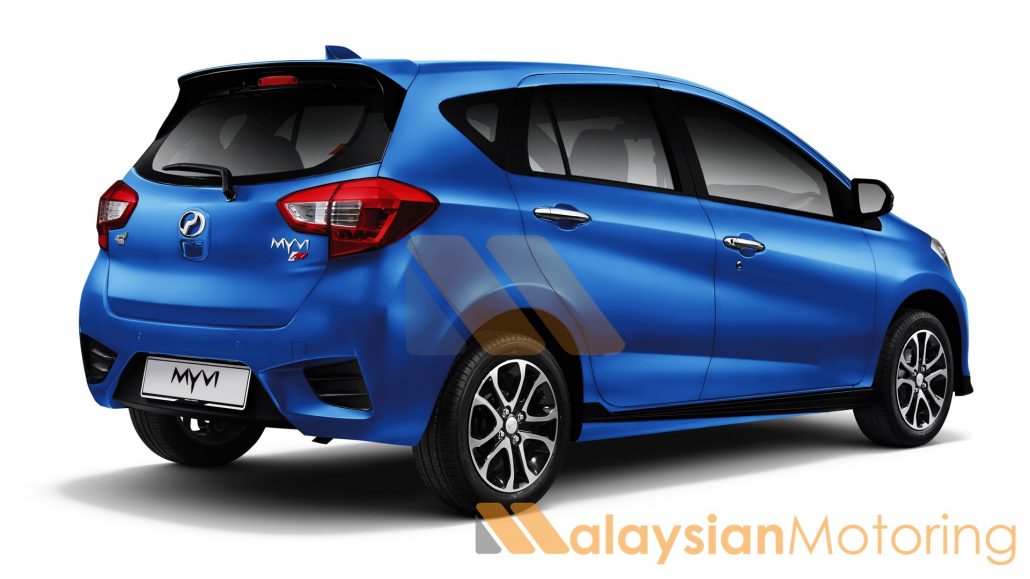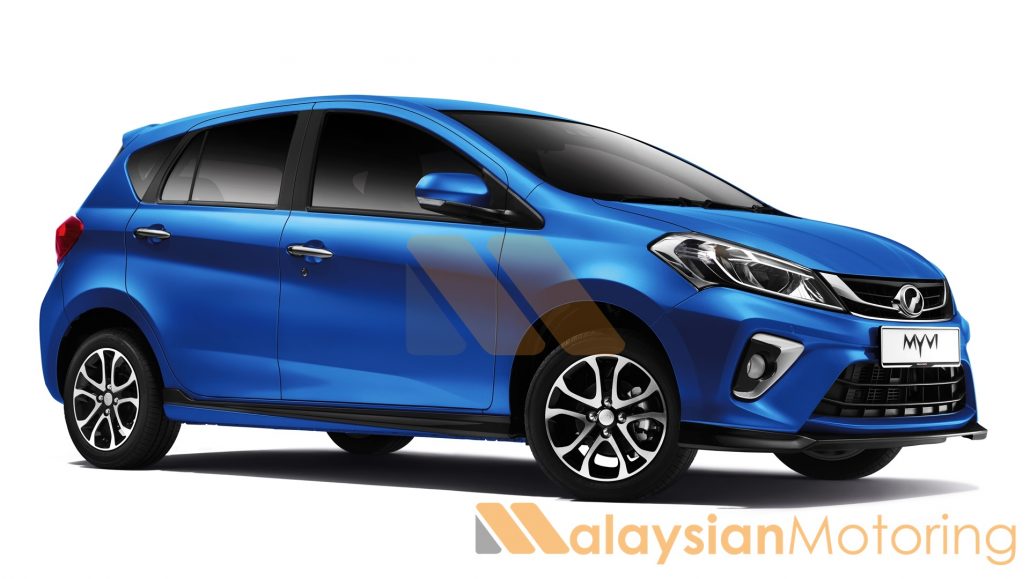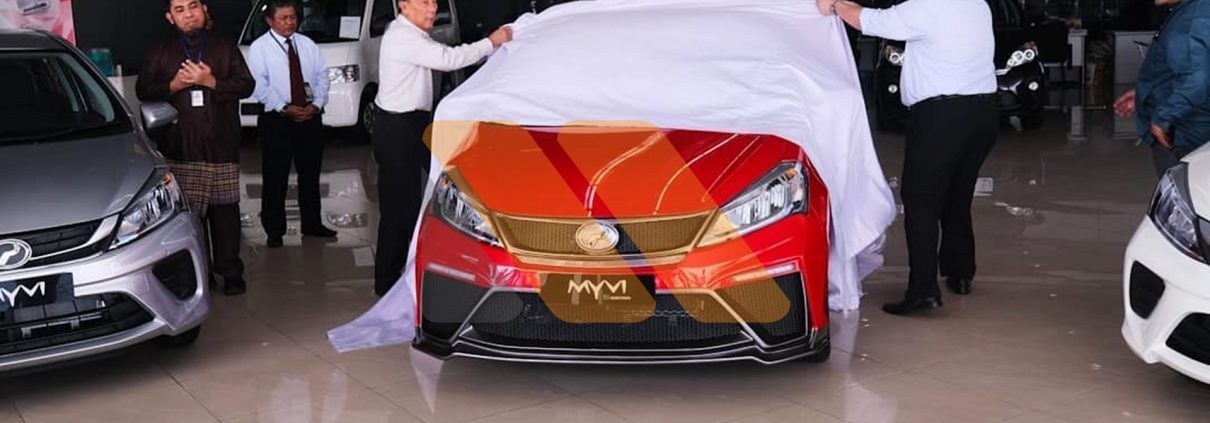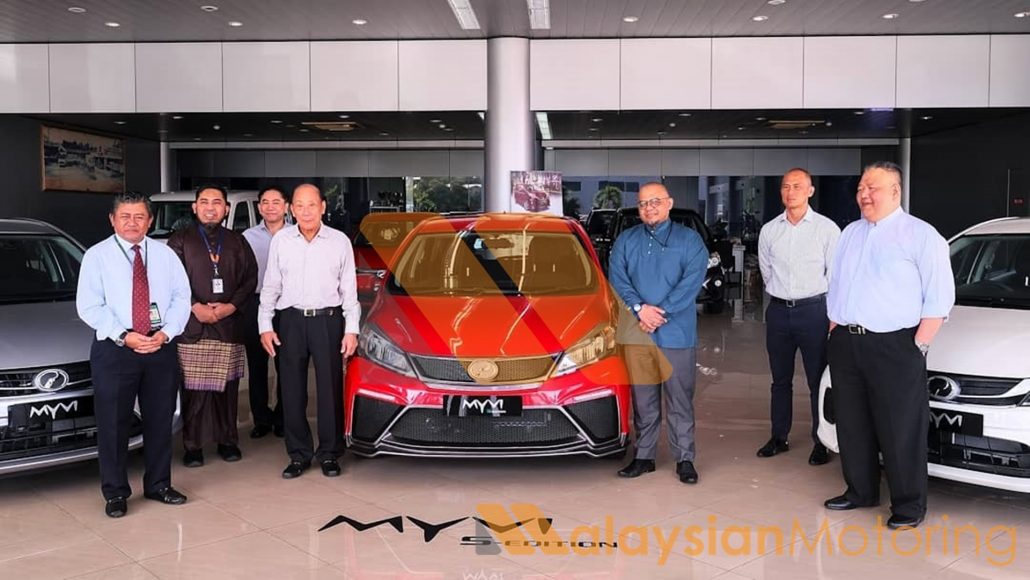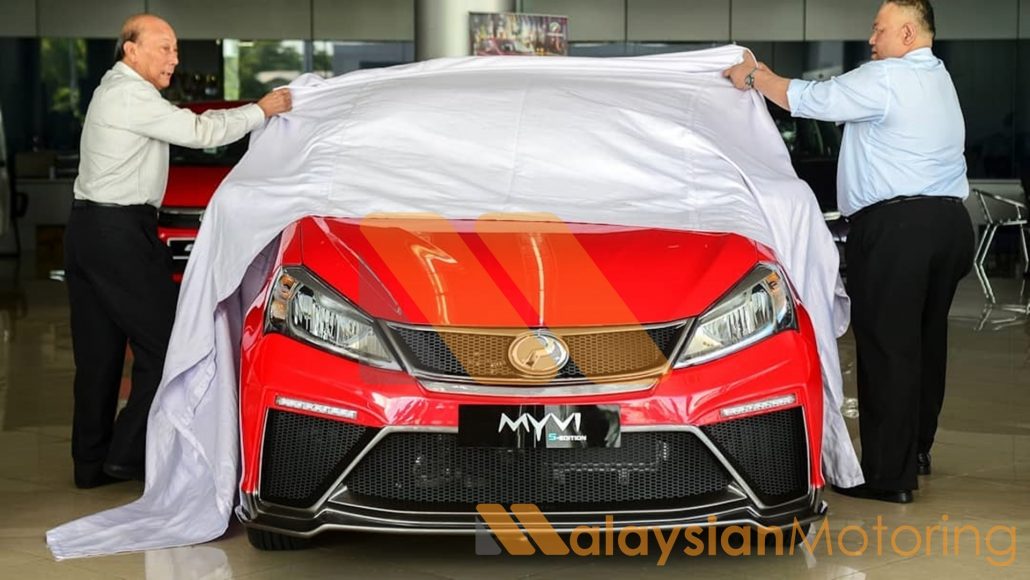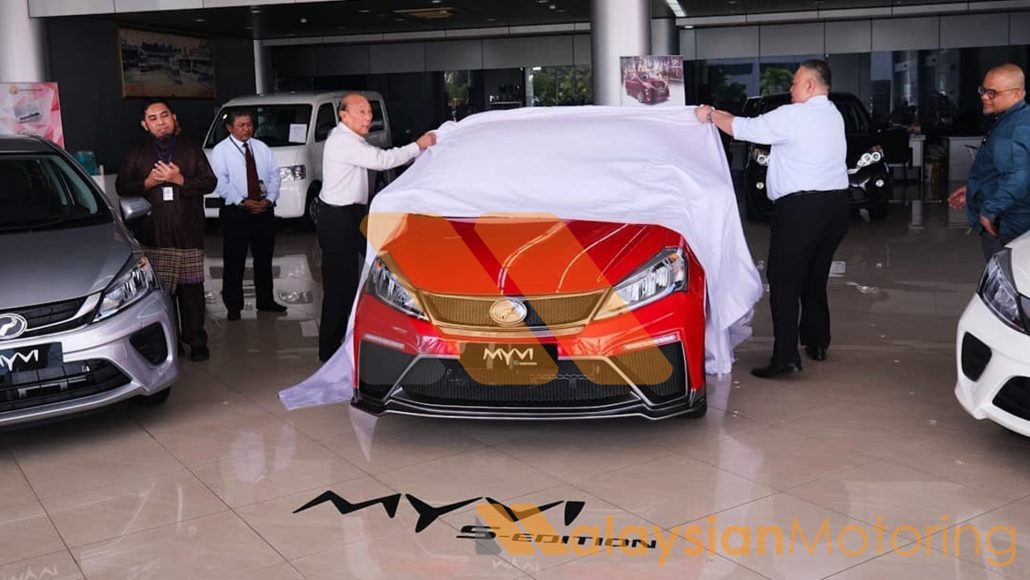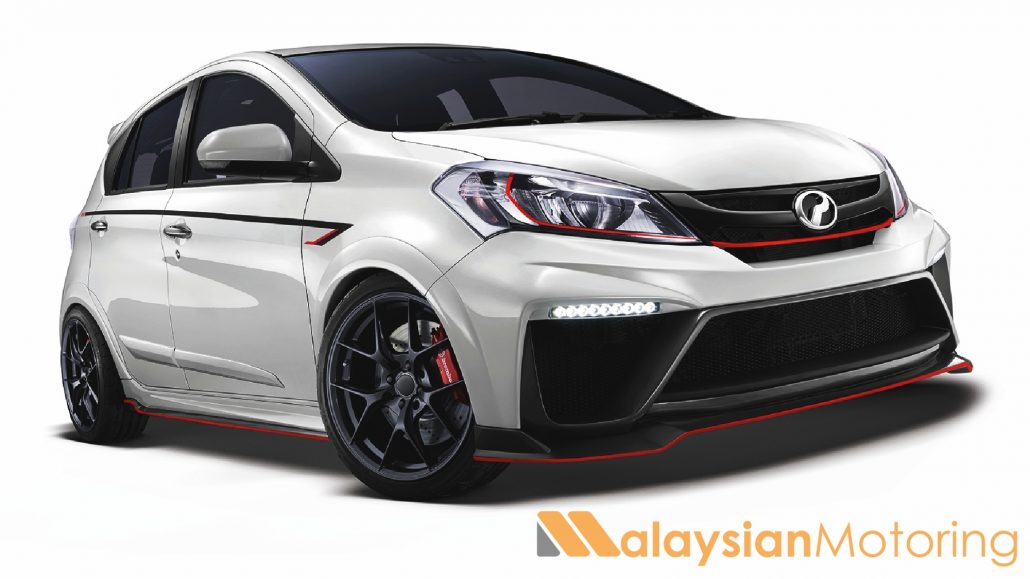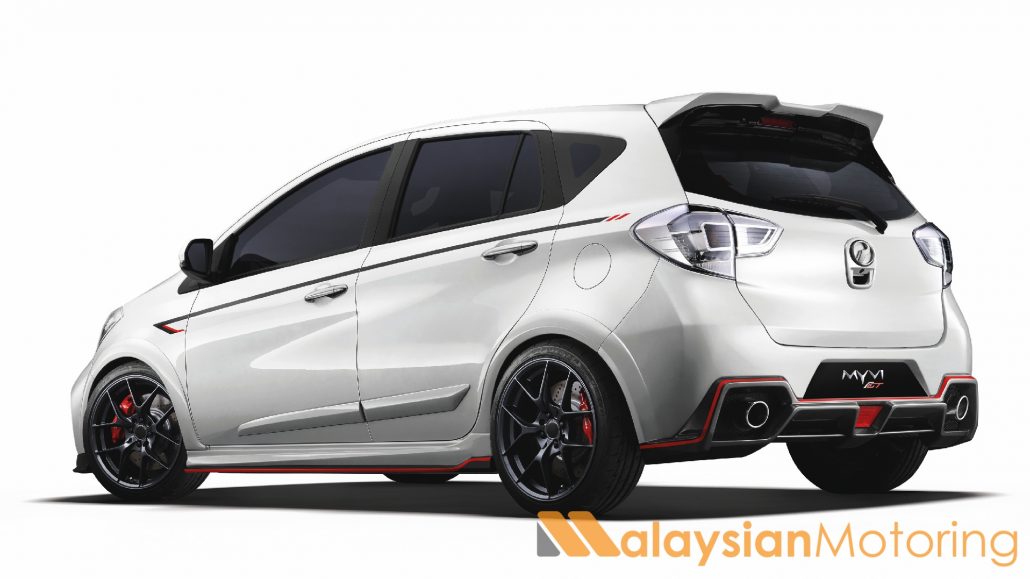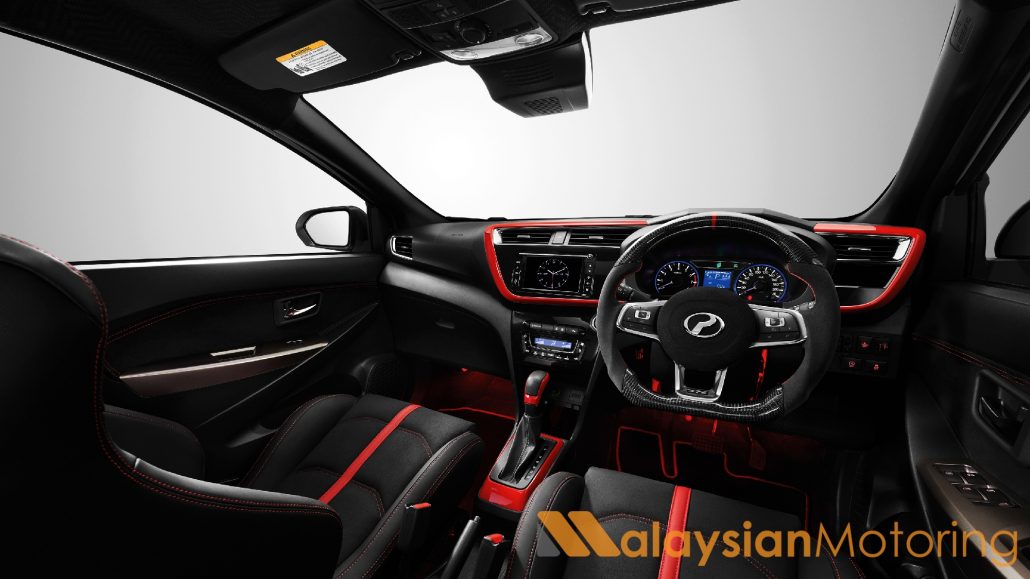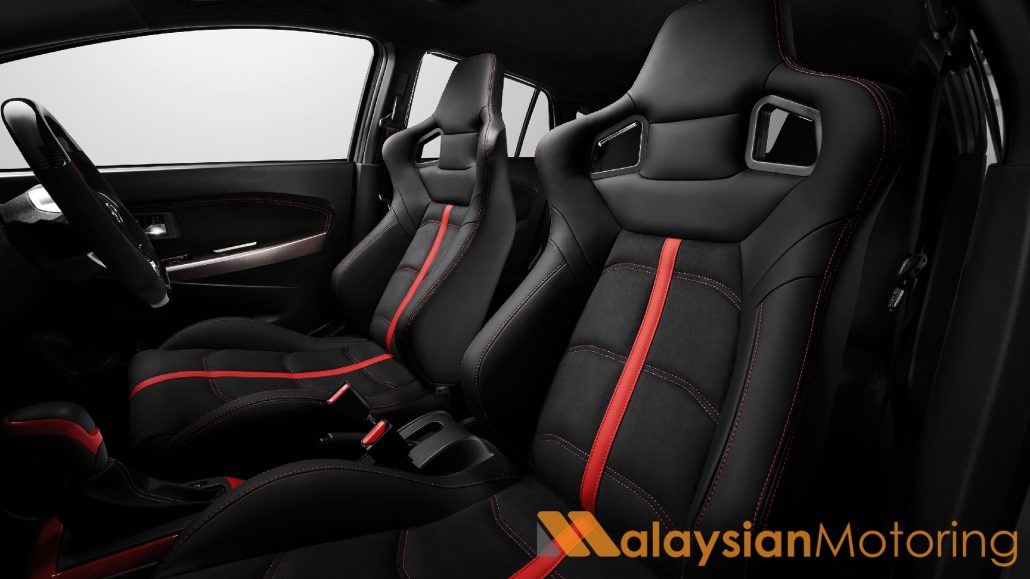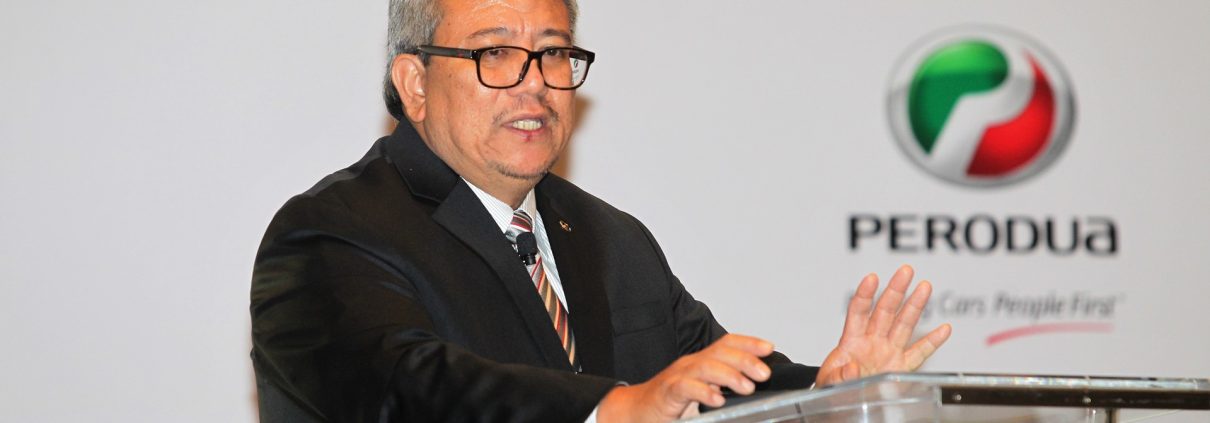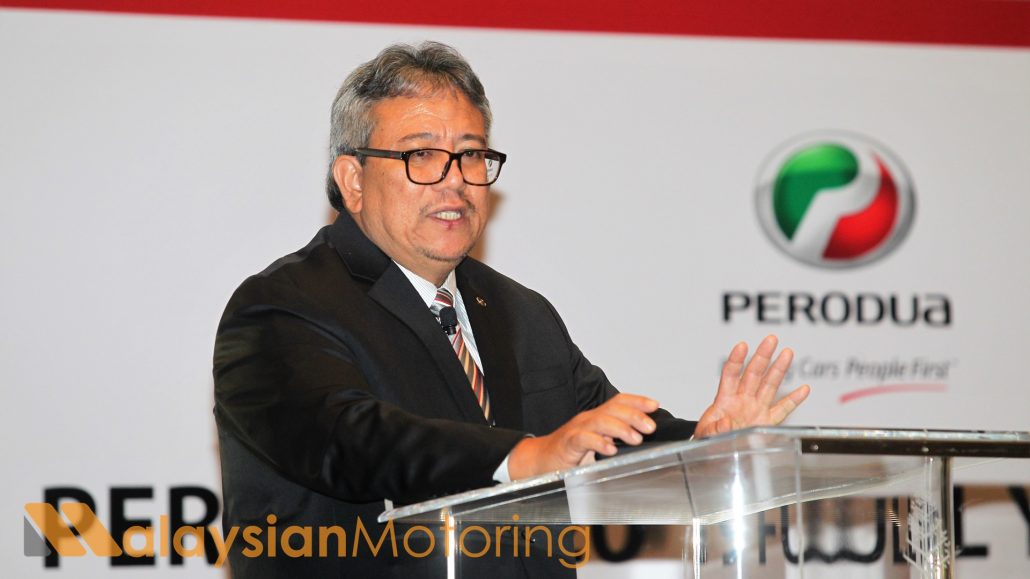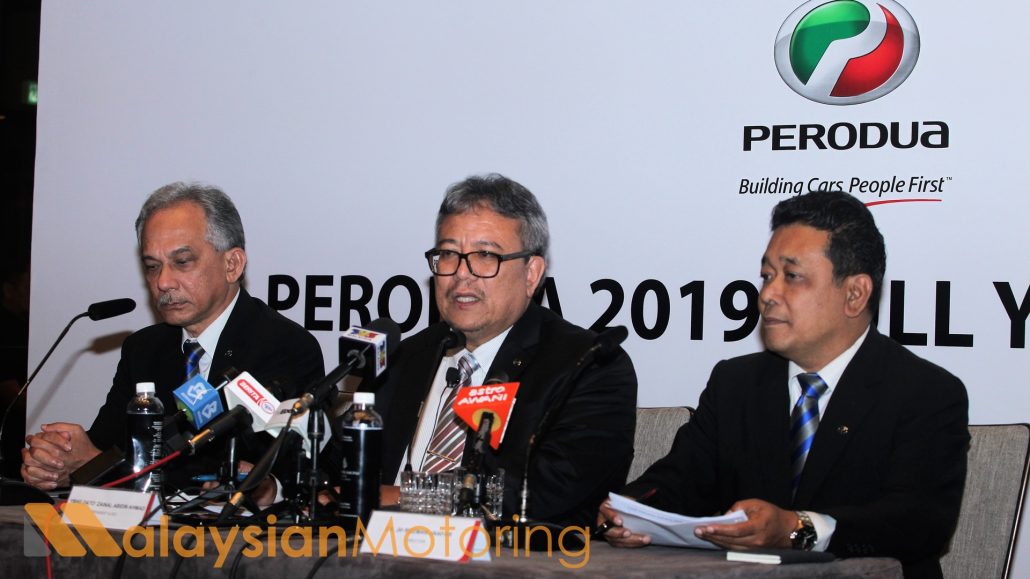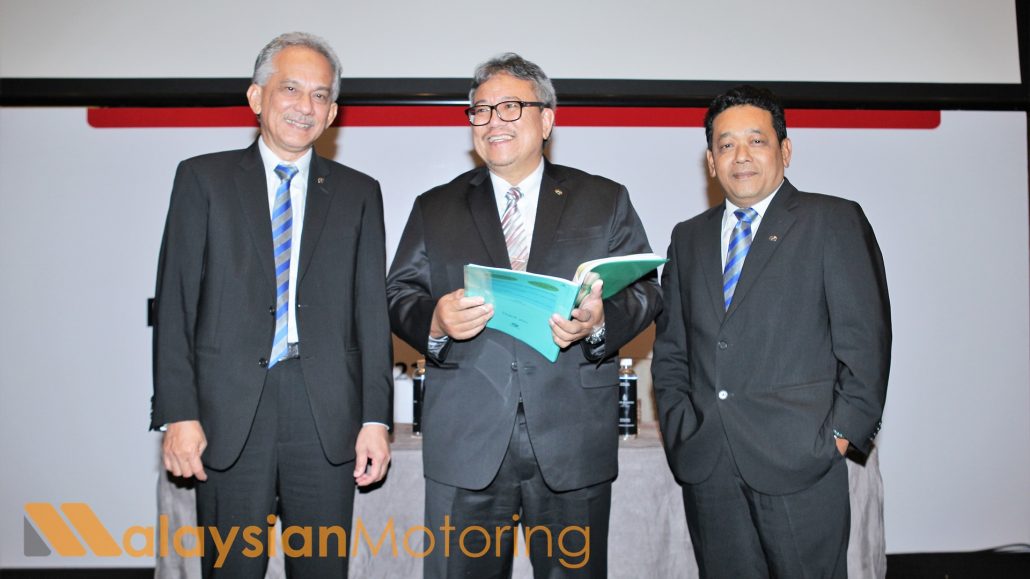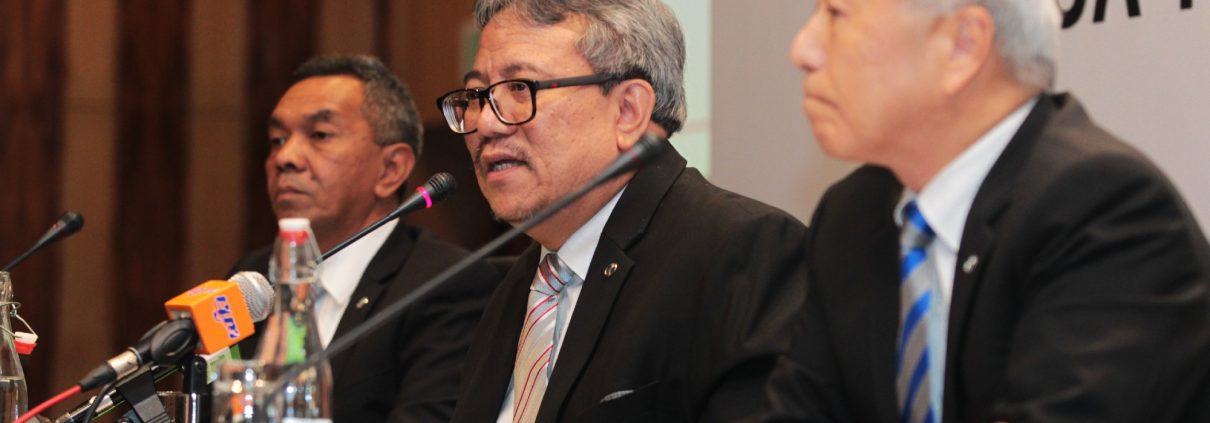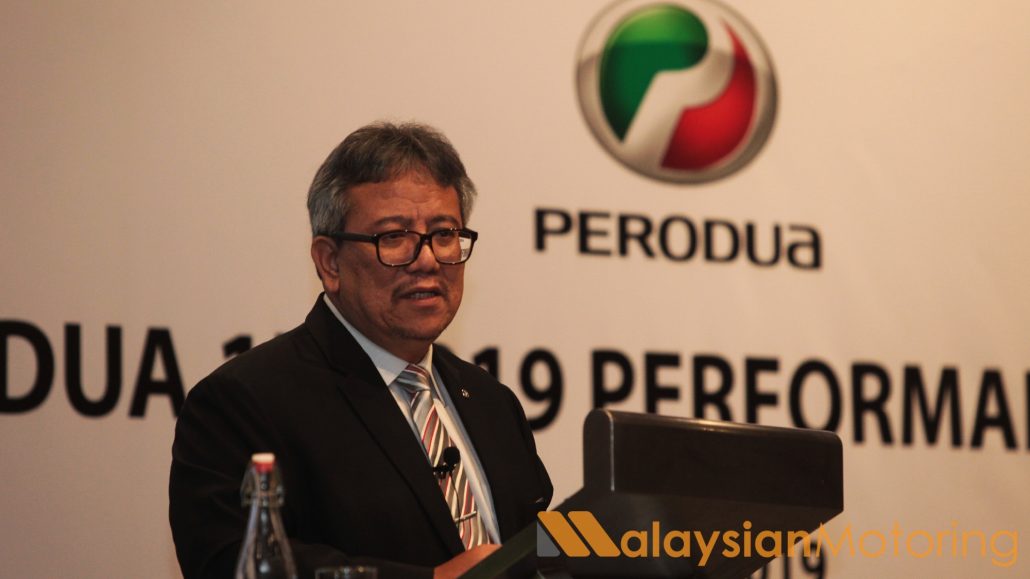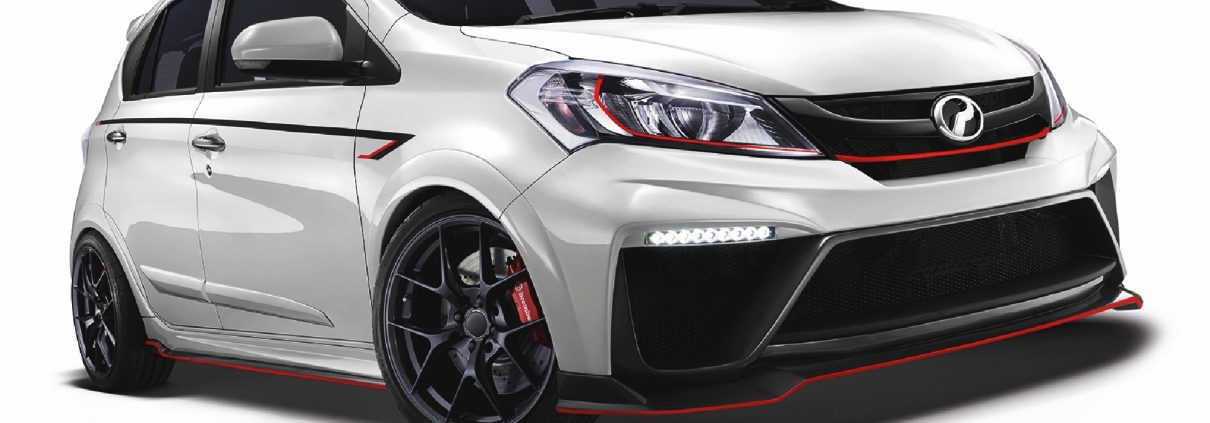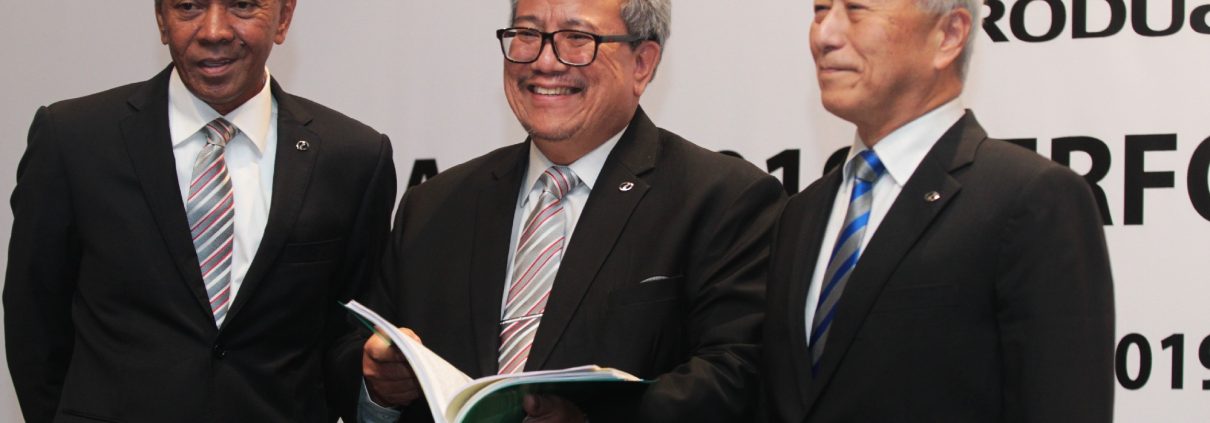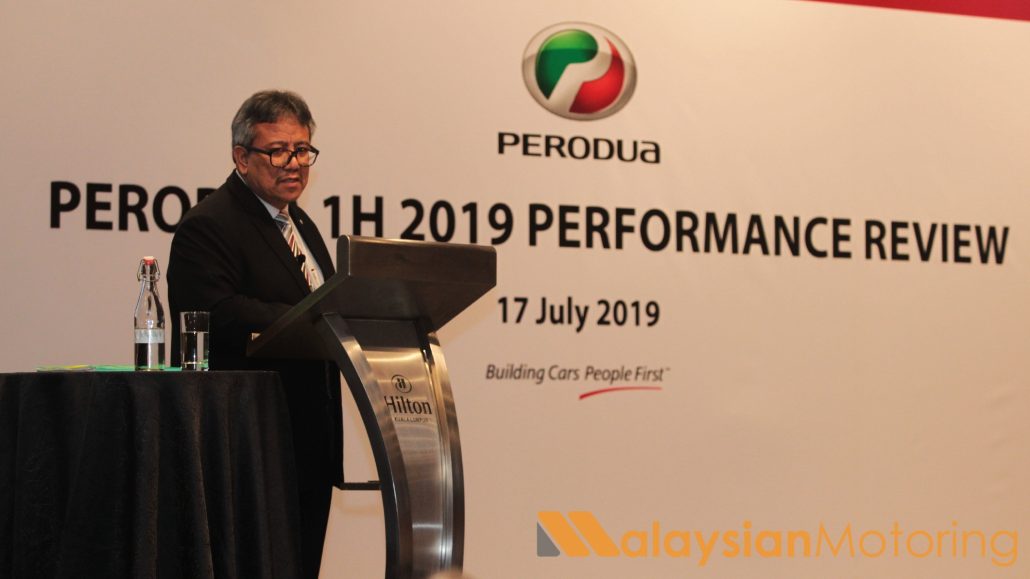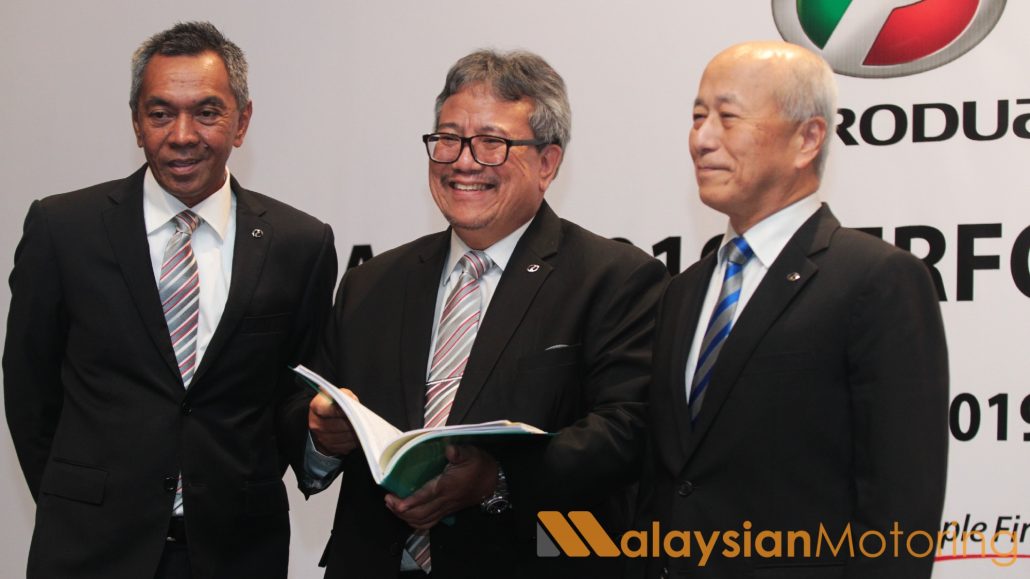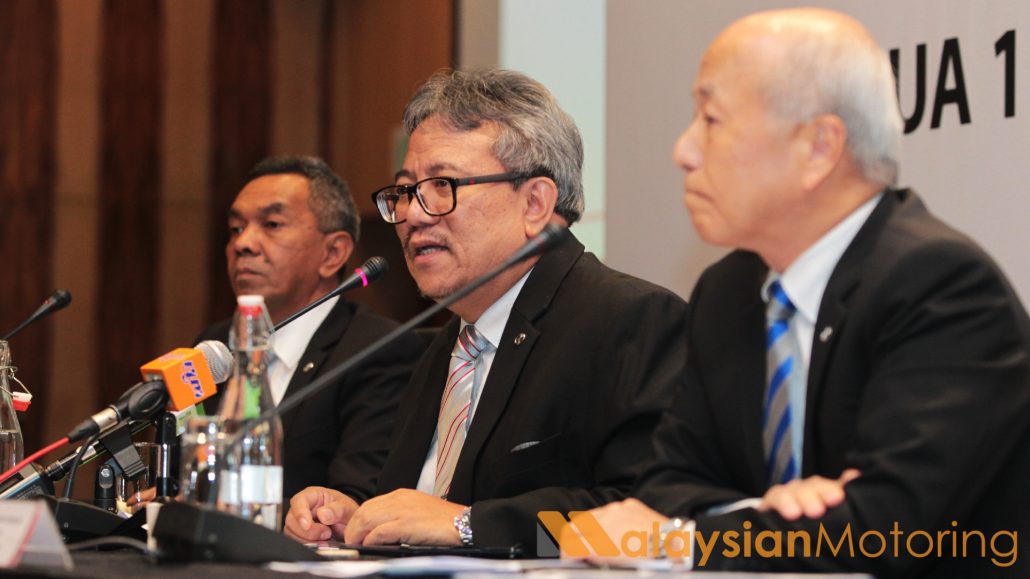The Perodua Myvi – A National Icon
1.1-million. Big number, right? It’s not until you think about it that you realise just why you see a Perodua Myvi everywhere you turn.
It’s amazing to think that back in 2005 when the Myvi was launched, Perodua thought that their bulbous, cute hatchback would maybe sell in the mid 5-figures annually. Compared to where it is now, wearing the crown as the best-selling new car in Malaysia for over a decade, the humility seems almost cute.
The Perodua Myvi can almost be singlehandedly credited for Perodua’s meteoric rise in the local automotive industry. While they’ve always been a big-volume player, the sheer dominance that the company enjoys today could not be possible with the various transformational changes that have been ushered in by every new iteration of the venerable Myvi.
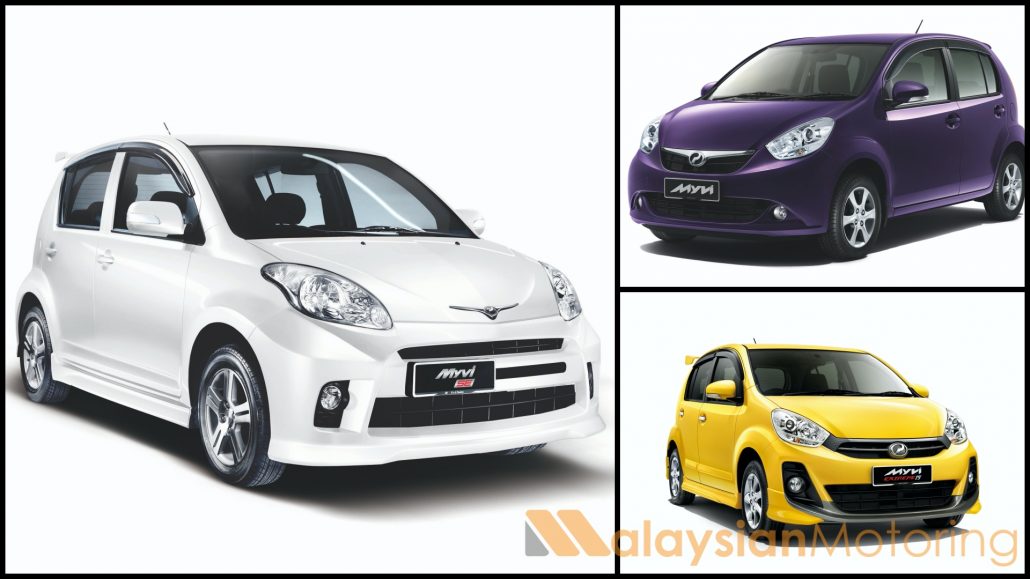
Three generations have each been an indicator of where the company stood at that given time.
With the first generation, Perodua was an almost-bashful firm with a few good hits under its belt, having successfully moved the masses with the Kancil before moving buyers on to the more sophisticated Kelisa. But nothing could have prepared them for the whirlwind ushered in by the Myvi, which was conceptualised to sit in the market as a niche left-field offering against the ‘saloon-heavy’ Malaysian landscape.
Arriving as a lightly-reskinned version of Japanese domestic-market models, the first-generation Myvi went on to become the mainstream option to beat. It redefined the Malaysian market as not being saloon-heavy but one focused on value – and with the practicality on offer with the original Myvi, paired to Perodua’s already iron-clad reputation for quality and reliability, it proved to be a challenge that its competitors simply couldn’t beat.
With the second-generation, Perodua realised that its customers had become more exacting and with it, even more mature. As such the Myvi lost a bit of its practicality in favour of more style and vigour, featuring even greater degrees of local design flair and parts localisation. The original Myvi had bought Perodua much favour and trust from its Japanese technical partner and as such, they were given greater reign to determine the future of the Malaysian favourite.
If you paid close attention, you could see where Perodua flexed its engineering and design muscles on the second-generation Myvi. The two differing faces for the car for example were something of a litmus test that Daihatsu had devised for Perodua, to see if they could successfully and convincingly execute such an exercise and better align the Myvi to suit local tastes. And then there was the introduction of the 1.5-litre engine which, with the 1.0-litre of the first generation nowhere to be found, clearly demonstrated that Perodua had bigger ambitions for its family hatchback. Even the somewhat extreme designs of the Advance and Extreme models of the time were made to push the envelope and test the market, to see how well Malaysians would react to a more localised product.
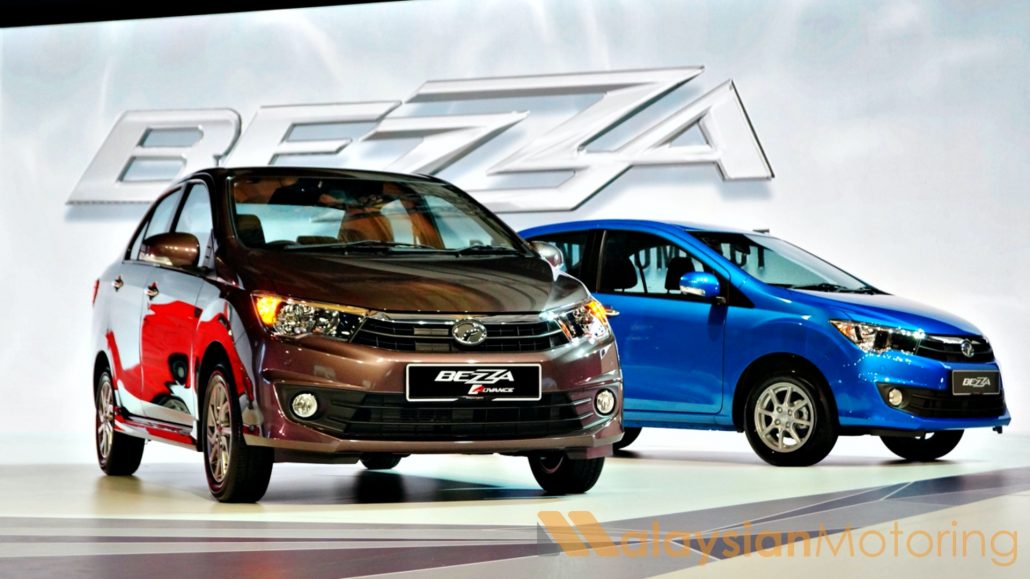
These various exercises were conducted at Perodua to determine their readiness, to prepare them to take on the mammoth challenge ahead. So big was the task of developing the first fully localised Myvi that Perodua had to pop its R&D cherry with the Bezza first, ensuring that any kinks in the process were ironed out there first.
And with the Bezza’s rip-roaring success a solid proof of capability, only then were the boys and girls at Sg. Choh given the ultimate mandate: To design the next-generation Myvi.
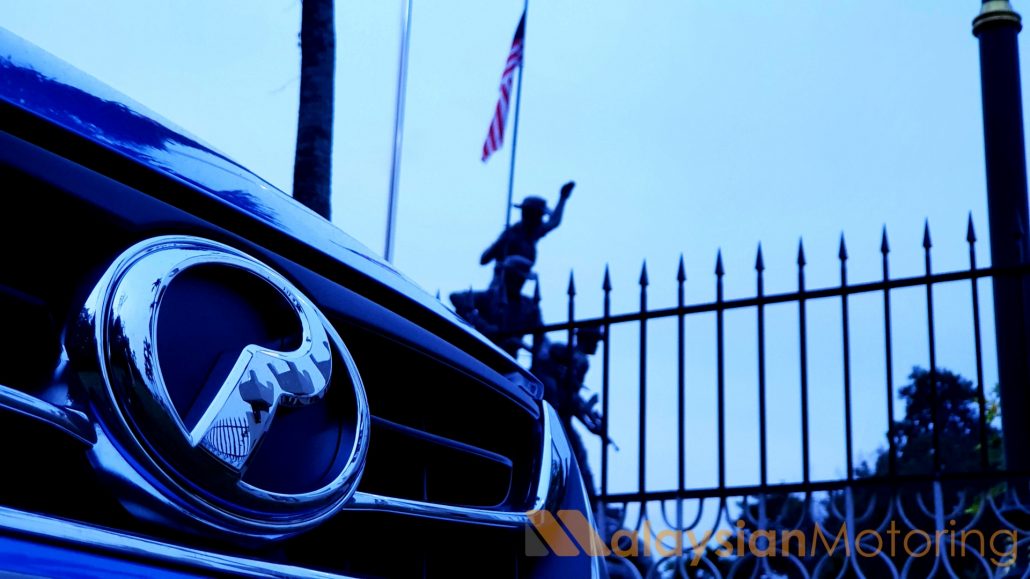
They had a seemingly-Herculean task ahead of them: It had to be sophisticated in appeal, but simple in its engineering. It had to be frugal on fuel but still decently powerful, and it had to offer a level of refinement that would silence the critics (no pun intended). And above all it had to offer a level of safety at an accessible price point, effectively democratising life-saving active technology for the masses.
And in November of 2017, the Perodua Myvi did just that.
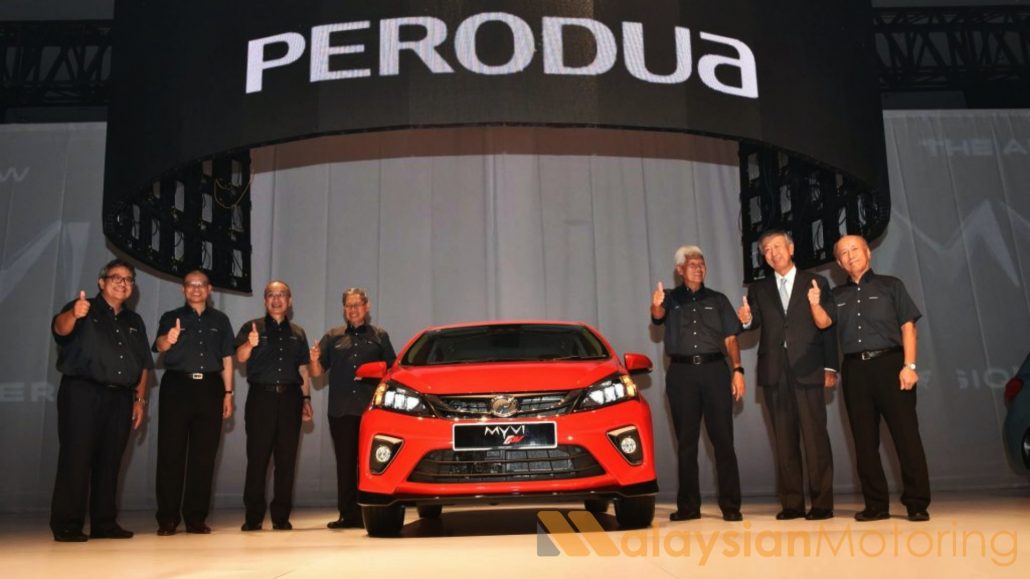
Debuting Advanced Safety Assist, the 3rd-generation Myvi brought big-car features like autonomous emergency braking, pre-collision warning, and range-wide full-LED headlights to the masses. And it came packaged in a car that was designed, developed, engineered and built in Malaysia. While it had long been considered the love of a nation, the 3rd-generation Myvi is the car that turned it from beloved to iconic, to be
forever enshrined as a pillar of Malaysian automotive capability.
Thanks to the Myvi, Perodua has been able to conclusively shift its focus from being an economy car brand to a value-driven one, with a clear vision on offering safety for the masses. And what better way to begin that trend than with the Myvi – a 12-year best-seller, Perodua’s beloved B-segment hatchback has been recently refreshed to offer a striking Electric Blue hue which hides upgrades and refinements like Advanced Safety Assist 2.0 to further improve the appeal of the segment dominator.
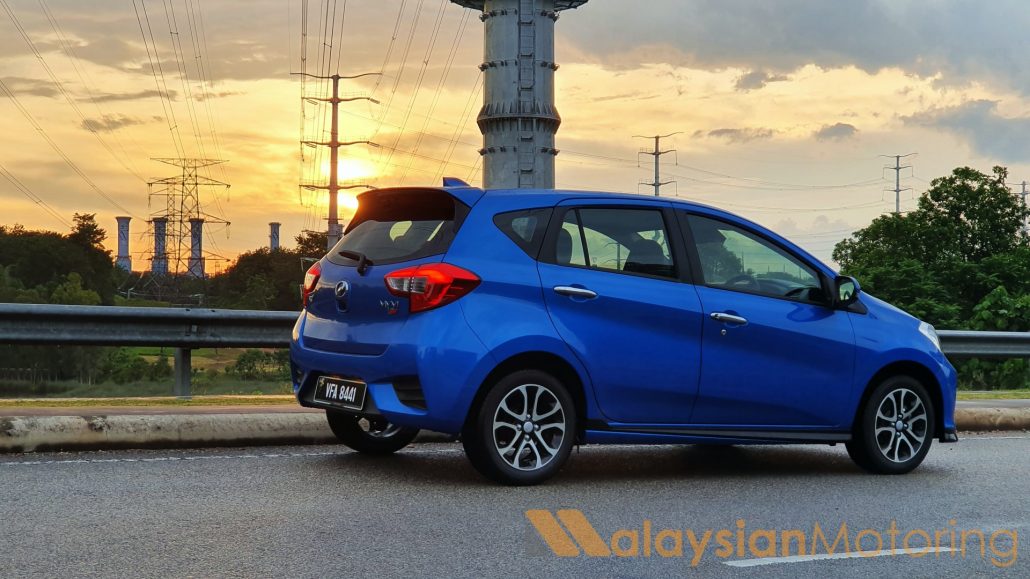
So this Merdeka day, let’s show some love for the Perodua Myvi.
It’s more than just the love of a nation; it’s a national icon.
GALLERY: The Perodua Myvi – A National Icon


